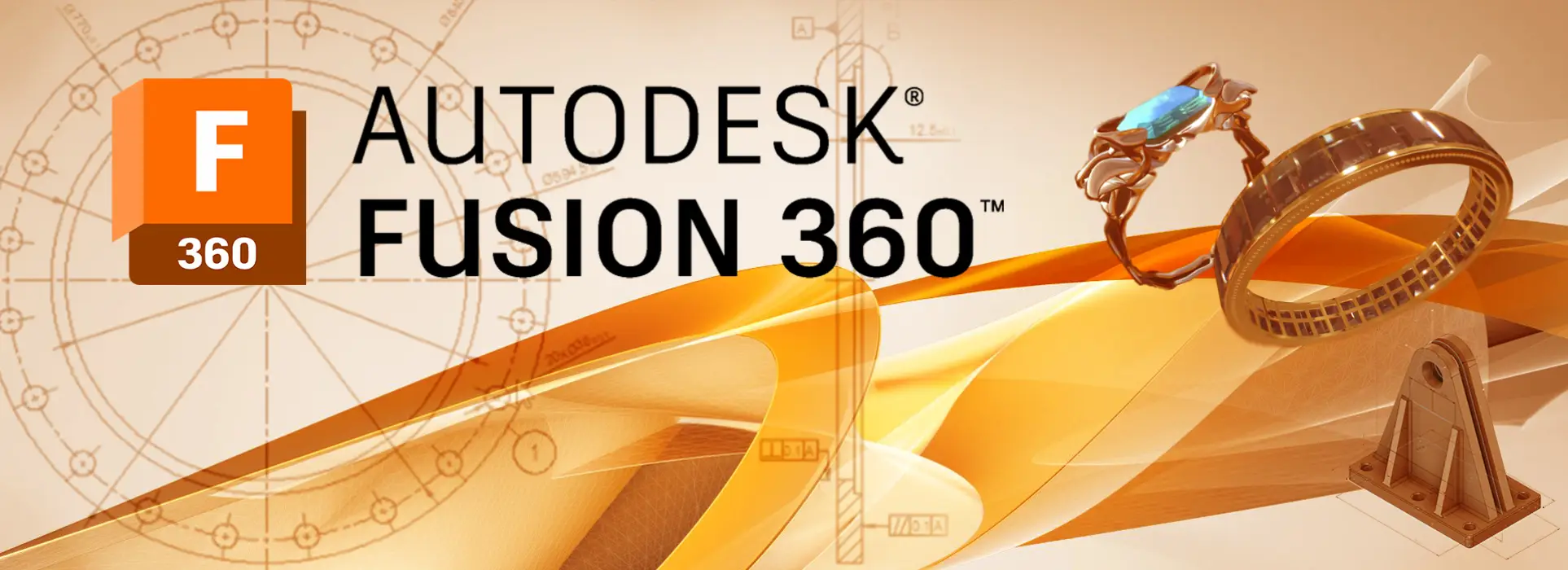
AUTODESK FUSION 360 - Level 1 Training Course
Session Details
USD 5,000.00
Overview
This beginner-level course introduces the basics of Autodesk Fusion 360, focusing on 3D design, parametric modeling, assembly creation, and technical documentation. It is ideal for students, hobbyists, and professionals starting with CAD/CAM design.
Fusion 360 is a systematic design platform widely adopted to optimize product development strategies, ensuring that designs and components perform their intended functions efficiently and cost-effectively. Fusion focuses on determining the most practical and effective design and manufacturing activities, tailored to specific engineering contexts. By establishing streamlined workflows from concept to production, it aids in formulating changes to design methods and fabrication processes that enhance reliability and performance.
The successful implementation of Fusion 360 can lead to substantial time savings, improved design accuracy, and stronger collaboration. However, the platform’s success lies in the details understanding the critical tools and methodologies of Fusion360 is essential for achieving these benefits.
Courses Objectives
Understand the Fusion 360 Process Flow: Know how to navigate the complete workflow from concept design to production, including sketching, modeling, rendering, and manufacturing stages.
Differentiate Fusion 360 Workspaces: Recognize the purpose and functions of each workspace such as Design, Sculpt, Render, Animation, and Manufacture, and understand how they support various design goals.
Importance of Data Structure and Management: Understand how Fusion’s cloud based data structure ensures organized project content, version tracking, and secure collaboration before starting any design work.
Identify and Categorize Design Components: Learn how to identify, structure, and categorize bodies, components, and assemblies for efficient modeling and accurate production output.
Understand Design Criticality and Analysis Tools: Explore how Fusion’s simulation and analysis tools help evaluate stress, performance, and reliability of designs before manufacturing.
Course Certification
Short quizzes at end of each module
Final project: Design, assemble, and document a simple mechanical part
Certificate of completion (Autodesk Certified User – optional)
Course Methodology
This Autodesk Fusion 360 course will employ a variety of proven, highly interactive, and hands-on learning techniques to ensure maximum understanding, comprehension, and retention of the software’s tools, concepts, and workflows.
This includes guided individual and group design exercises, collaborative modeling sessions, practical 3D projects, design simulations, and rendering activities.
The instructor will further enhance the learning experience by encouraging participants to apply, test, and critically evaluate the principles and functionalities of Fusion 360 throughout the course, from concept creation to product fabrication.
Course Outline
Setting Your Preferences
Access preferences.
Modify preferences settings.
Datasets Required.
No dataset are required. You start with a new empty design.
Introduction to CAD/CAM/CAE principles
User interface overview
Use the toolbar & marking menu
Cloud based design and data management
Customizing preferences and workspace
Control objects in the browser.
Control operations in the timeline.
Change workspaces.
Create a 2D sketch.
Understanding geometric and dimensional constraints
Working with sketch tools: line, arc, circle, rectangle, spline
Editing and constraining sketches.
Creating 3D features (extrude, revolve, sweep, loft)
Using fillets, chamfers, and shells
Parametric modeling and timeline editing
Modifying and editing solid bodies
Creating components and subassemblies
Joints and motion simulation
Component organization and naming conventions
Working with the browser and design history.
Applying appearances and materials
Using the rendering workspace
Quick render setup and lighting controls.
Generating 2D drawings from 3D models
Adding dimensions, annotations, and title blocks
Exporting drawings to PDF or DWG
Introduction to manufacturing workspace
Setting up toolpaths and simulations
Exporting STL for 3D printing
Session Details
USD 5,000.00
Do you have any questions ?
Jubail Industrial City, Saudi Arabia
373 road 112, First Industrial Area, Unit No.: 1 Al Jubail 35717 - 7043 KSA
Explore
About
© 2025 BK Consultancy & Training
All rights reserved.